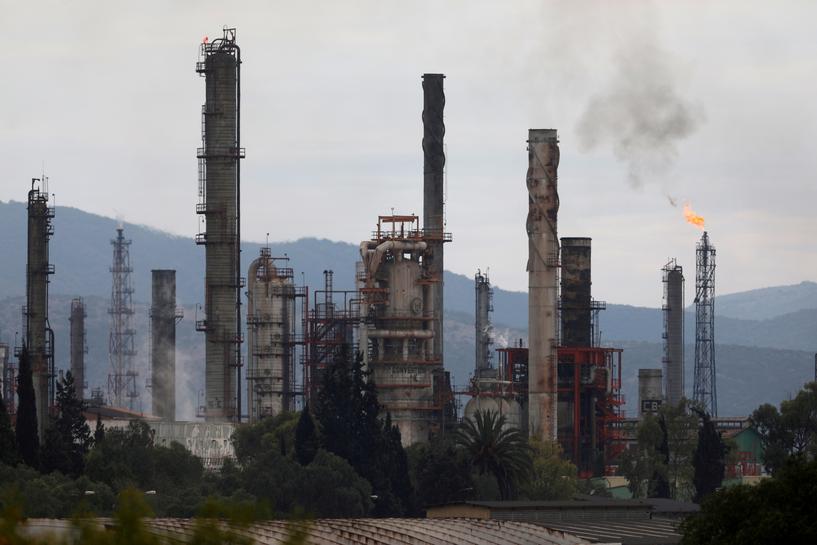MEXICO CITY – As oil majors and developed nations push for a faster transition to clean energy, much of Latin America is struggling just to cover its basic supply needs for fossil fuels, which is forcing some countries to actually rely more on dirty energy sources.

Experts speaking at this year’s all-virtual CERAWeek conference said a portion of Latin America could fall behind in the energy transition due to outdated policies and resource nationalism in nations like Venezuela and Mexico, combined with an urgent need for cheap imported fuel.
“In this moment, when the energy transition is being accelerated by large oil firms and governments amid political pressure, Europe and now the United States are taking the lead through carbon neutralization measures. I don’t see policies as aggressive in this region,” Decio Oddone, CEO of Brazil’s oil and gas producer Enauta S.A. told Reuters.
In 2018, Latin American nations combined emitted as much carbon dioxide (CO2) as Russia, the world’s fourth-largest CO2 emitter, according to International Energy Agency data.
The region’s imports of motor fuels, natural gas, fuel oil and diesel for power generation have risen consistently, interrupted only by the coronavirus pandemic that sapped fuel demand worldwide.
Last year, Latin America imported 2.69 million barrels per day (bpd) of crude and refined products from the United States, its largest source of oil imports, according to a Reuters analysis of U.S. Energy Information Administration data.
The 2020 volume represented a 12% decline from the record 3.05 million bpd in 2019, but still up 88% from a decade earlier.
Last month’s deep freeze in Texas knocked out natural gas supply to Northern Mexico, leaving households without electricity and forcing hundreds of factories to slow down or close. That has motivated the Latin American country’s government to return to coal and fuel oil for power generation.
In February, Mexican President Andres Manuel Lopez Obrador ordered state power company Comision Federal de Electricidad (CFE) to reopen thermoelectrical plants set for dismantling, while questioning the country’s dependence on U.S. natural gas as the primary fuel for electricity.
“CFE has important investment plans today, but they do not include renewables, power transmission or distribution,” Tania Ortiz, CEO of Mexico’s energy company IEnova, said at the CERAWEeek conference, organized by IHS Markit.
“In order to reach Mexico’s energy security, understood as having access to clean reliable cheap energy, we need to have the private and public sectors working together.”
Mexico’s final power consumption grew 2.3% to almost 275,000 Gigawatts per hour (GWh) in 2019, and the government forecasted a 1.9% annual increase through 2035. Generation must grow accordingly to secure the nation’s position as a manufacturing and exporting powerhouse, Ortiz said.
LITTLE STEPS
Oddone recognized there were exceptions in a region dominated by fossil fuels: he mentioned efforts on solar energy by Peru and Chile, as well as Brazil’s large hydroelectric capacity and its aggressive bet on biofuels, including state-run Petrobras’ new drive to supply biofuels to the aviation industry.
In Colombia, President Ivan Duque is pushing companies to dramatically cut CO2 emissions while expanding non-conventional renewable energies.
However, Mexico has delayed planned reforms to limit emissions from motor fuels, including a regulation requiring truck makers to switch engines to ultra-low sulfur diesel (ULSD). Meanwhile, Venezuela, hit by underinvestment and U.S. sanctions, has not moved to reduce pollution from motor fuels since its state-run firm PDVSA removed lead from gasoline in 2005.
“This is a very heterogeneous region,” said Armando Zamora, head of Colombia’s oil regulator. “Those countries with a market vision are progressing (toward energy transition), but that is not the case where energy nationalism prevails.”
[contextly_sidebar id=”GtDOm058VpFceh66fmJJj3deC3KJW6bH”]





